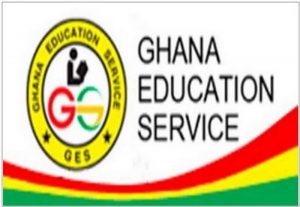The ongoing tussle between Eni Ghana and Springfield Exploration regarding the unitization of the Sankofa Field and Afina discovery will do little to sway investor appetite for the country’s oil and gas industry, Institute for Energy Security (IES), has said.
“There is less likelihood that the ENI-Springfield impasse may dampen investor confidence and repel investors into the upstream petroleum sector. The current incidence is seen as a normal industry issue and not unique to Ghana, and for that, no investor may be deterred simply by the impasse,” it said in a new policy paper on the subject.
It, however, said lack of trust among the parties, “power struggle”, government’s actions and inactions, were among the key factors found to be contributing to the stalemate.
The paper, issued following opinion sampling of persons drawn from the media, government, academia, petroleum industry, think tanks, CSOs, and the business community, noted that the Ghanaian public finds as worrying, government’s silence on the matter, given that its directive has been disregarded.
“The public is more concerned about the potential loss of opportunity to maximize government’s earnings and build Ghanaian operatorship capacity, should the unitization stalemate persist,” it said.
Per the opinions gathered, it said the public revere government as the body most capable of helping to bring finality to the impasse and that the GNPC and Petroleum Commission are also seen as accepted agencies well placed to fairly intervene and resolve the matter.
Recommendations
From the findings of the research study, it said the government must break its silence on the matter, indicating the progress made so far, and its current stance on the unitization directive issued to the parties.
This, IES argues, is necessary to clear any misconceptions and misgivings held by the public, and the parties to the discussion. “As part of its accountability to the public, government must make public the outstanding issues, and state the level of cooperation from the parties, in getting issues addressed.”
“Government must continue to play the role of a mediator to help the two oil firms overcome the resistance to a workable solution. As an arbiter, it must provide guidance to the parties and assist in the implementation of agreed roadmaps.
Government must also provide clear timelines for such engagement to be conducted in a more transparent and fair fashion. Should the State fail to engage the parties in a manner that instill confidence at the table, little can be achieve in the resolution of the dispute,” IES said.
It also believes that a possible out of court settlement must be considered, explaining that a stay of proceedings in the court may be necessary in removing bad faith and to build some level of trust among the parties, leading to an amicable resolution of the dispute.
“Given that data is key in making decisions, GNPC and ENI must be willing to exchange their maps with the polygon used by both parties in calculating their Stock Tank Oil Initially in Place (STOIIP). It must be noted that the Review Committee identified “Area” as one of the key parameters that resulted in the differences in STOIIP. The map with the polygon used by both GNPC and ENI in calculating their respective STOIIPs could be helpful in ascertaining the vast variation in STOIIP,” it further recommended.







